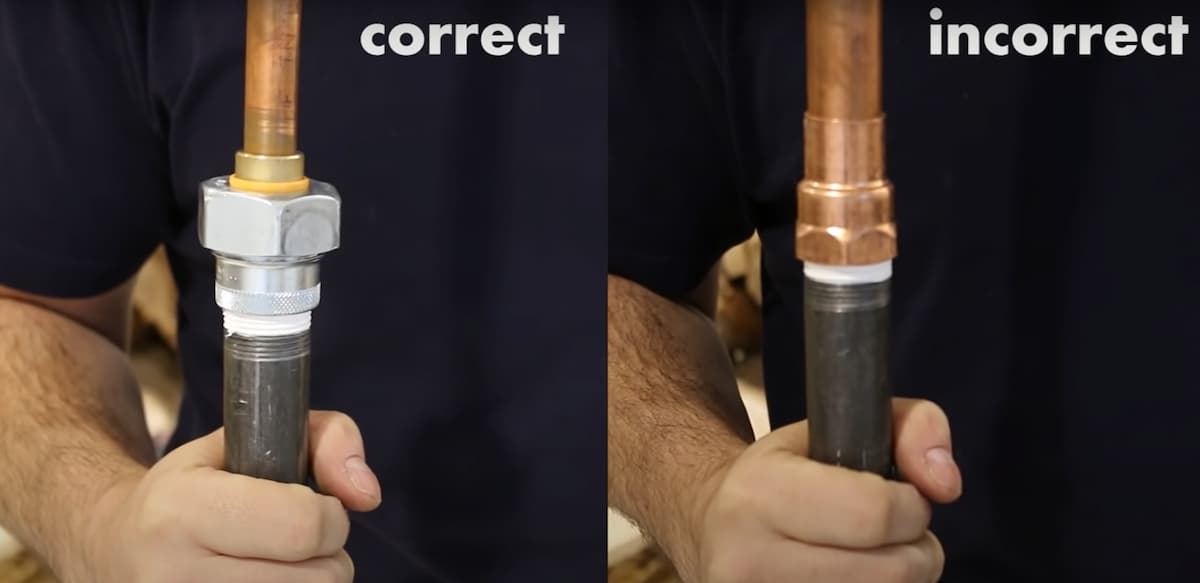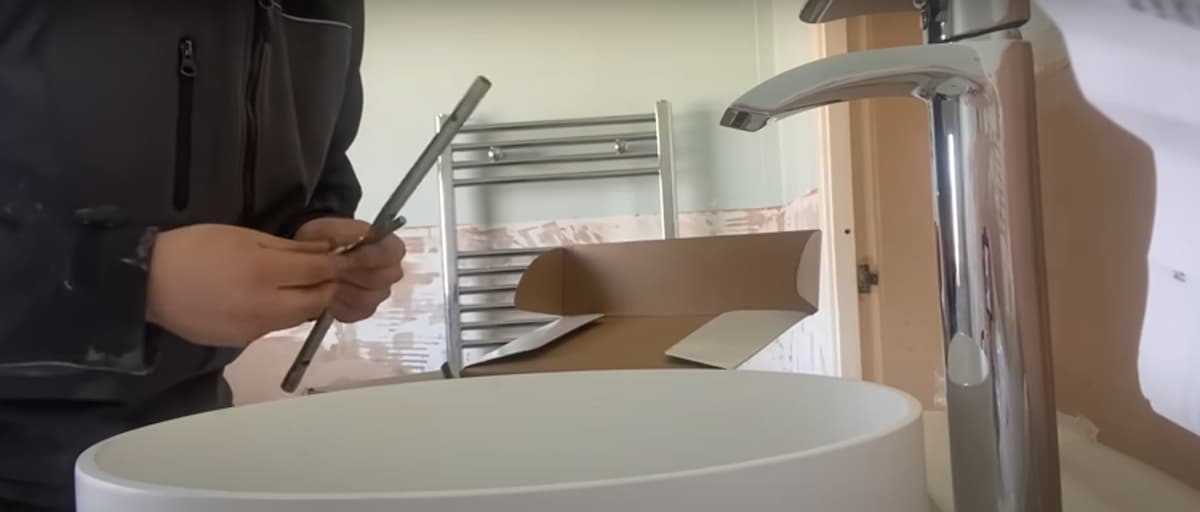
Commercial plumbing in Australia refers to the installation, servicing and repair of water supply systems in large commercial buildings. Commercial plumbing can be broadly categorized into three types: potable, fire protection and sanitary/waste.
What is Potable Commercial Plumbing?
Potable commercial plumbing refers to the installation, servicing and maintenance of a water-supply system for consumption by the building occupants. This includes cold water for drinking and all other purposes.
Potable commercial plumbing typically operates at higher pressures than domestic potable plumbing but can be operated with lower pressure requirements (rather than high pressure) if suitable valves are installed.
Potable plumbing fixtures include:
- Hot and cold water
- Trunking system
- Valving, faucets, soap dispensers, pipe joints, traps, connectors and other related fittings.
What is Sanitary Commercial Plumbing?
Sanitary commercial plumbing refers to the installation and servicing of a sanitary or waste system. This includes all piping, fixtures, traps, valves and equipment related to sanitary drainage. Typically these systems operate at a lower pressure than potable systems (often they are gravity flow). They may operate with no pressure requirements at all and are ultimately vented to the atmosphere.
Sanitary plumbing fixtures include:
- P-traps
- Sinks
- Urinals
- Water Closets (toilets)
WC Cloakrooms & Bathrooms (also known as the Wet Areas). A typical sanitary or waste commercial system includes mains pressure sizing of pipework and traps, as well “as low-pressure risers for gravity flow. Some aspects of wet areas can also be ‘low pressurised’, depending on the design.
In many facilities, a combination of both high and low pressure drainage may be used in one building. This is sometimes referred to as hybrid potable/waste systems which require highly skilled design and installation.”
Sanitary drainage typically includes valve boxes, sewage piping and traps, as well as sinks and water closets. Sanitary drains may be located in the Private area (Also known as “Staff Only” or “Employee Areas”) of a business, but also include common areas such as toilets to which the public has access via an entrance lobby.
The building’s sanitary drainage system must conform with local plumbing codes and standards for proper operation. In some jurisdictions, these codes are enforced through regular inspections by authorised officials who can issue citations of non-compliance resulting in fines if necessary.
This is intended to ensure that problems do not arise from poor design or improper maintenance by individuals or businesses operating within their boundaries.
What is Fire Protection Commercial Plumbing in Australia?
Fire Protection Commercial Plumbing in Australia refers to a range of plumbing services aimed at preventing and controlling the spread of fire through installation and maintenance of sprinkler systems, fire stands and other related equipment.
A fire protection pipeline system consists mainly of either natural development or man-made piping to carry water to a sprinkler head where it is sprayed on the source of the flame in an attempt to extinguish it.
Commercial Plumber vs Residential Plumber

A commercial plumber’s job is very different from residential plumbing.
The main goal of commercial plumbing in Australia is to install and maintain sprinkler systems, fire protection stands, and other related equipment.
Residential plumbing on the other hand is for installing and maintaining water-supply systems in homes, apartments, or villas.
Do Commercial Plumbers install a Hot Water System?
Commercial plumbers install a hot water system. This could be for a restaurant, office building or factory. A commercial plumber installs plumbing piping and any necessary equipment to carry hot water to the building occupants.
The system is then hooked up to the building’s boiler or heat source so that the desired temperature of the water can be regulated
Commercial plumbers also typically regulate the pressure and temperature of the water by installing special valves in the pipes.
Difference between residential and commercial plumbing services
Residential plumbing services in commercial plumbers typically install plumbing piping and any necessary equipment in order to carry hot water to the building occupants. The system is then hooked up to the building’s boiler or heat source and commercial plumbers also typically regulate the pressure and temperature of water by installing special valves in the pipes.
Residential plumbing, on the other hand, is for installing and maintaining water-supply systems in homes, apartments, or villas
Residential plumbing installation typically includes piping such as copper tubes, PVC pipes, or steel pipes. These pipes are joined by various types of fittings using a variety of techniques such as compression fitting (using pipe wrenches) or soldering; with cast-iron fittings often being sweated onto branded for installing and maintaining water-supply systems, such as pipes, drainage systems, and sewer lines.
The main goal of residential plumbers is to provide affordably priced work that meets all the safety standards. A commercial plumber’s job on the other hand is different from residential plumbing. The main goal of commercial plumbing in Australia is to install and maintain sprinkler systems, fire protection stands, and other related equipment.
Is Commercial Plumbing Expensive in Australia?
Commercial plumbing is expensive in Australia and it often requires a lot of work before installing the pipes. Commercial plumbers often have to visit the building to get the measurements for the piping. The pipes are measured with a steel tape measure and then they have to be cut.
The pipes that are used in commercial plumbing are also different from residential plumbing so sometimes professional-grade tools are needed for installation
Sometimes, you might find out that your home requires some work from a commercial plumber as well. If there is severe blockage or there is some damage, you will need to hire one too.
Common Commercial Plumbing Repairs in Australia
One of the most common repairs for commercial plumbing is a leak in gas or water
There are different types of leaks that you might find with this type of plumbing and these all require different solutions. The root cause of the leak determines what needs to be repaired
The sealant solution could be wrong, there could be corrosion, or there could be some wear on the pipe. Fortunately, this is an easy repair and it doesn’t require any cutting and removal of pipe which can sometimes lead to big problems down the line. The only requirement for this fix is an elastomeric polyurethane sealant
Replacing old pipes can also cause leaks and so might a faulty joint. If you want to replace your old piping, you will need to cut out the old pipe and replace it with a new one. This can lead to a leak if not done correctly.
Can Commercial Plumbers work on a Commercial Building?
Yes, commercial plumbers can work on commercial buildings. They install plumbing pipes and related equipment to carry hot water to the building occupants. They also regulate the pressure and temperature of the water by installing special valves in the pipes.





